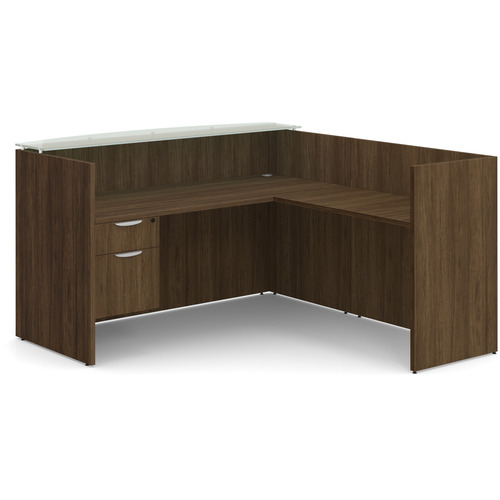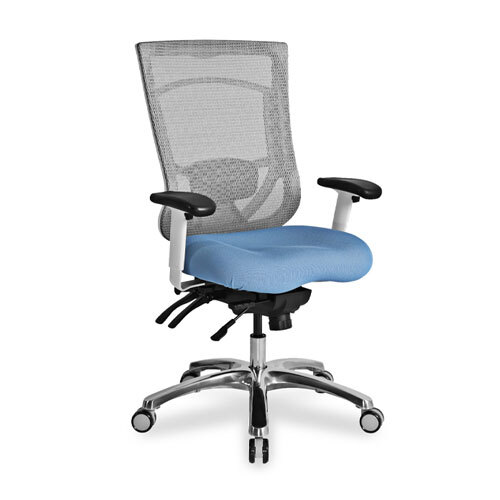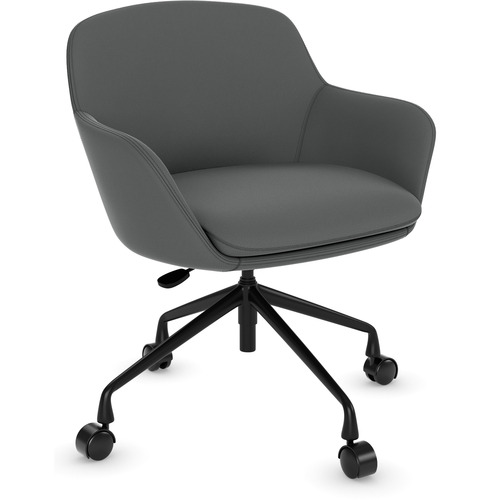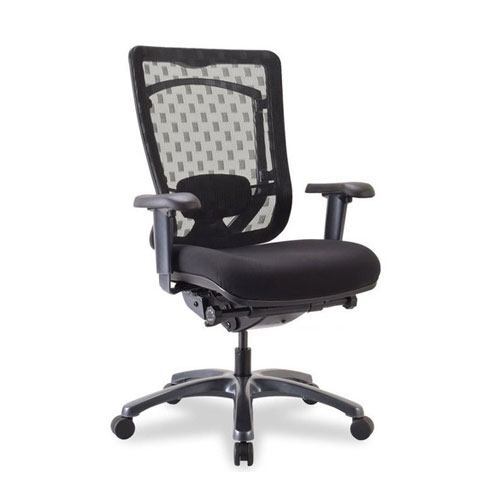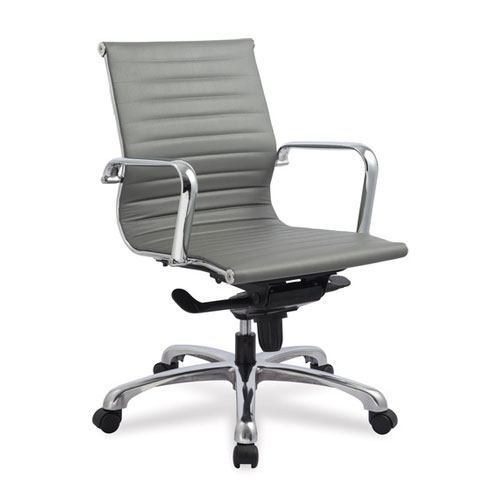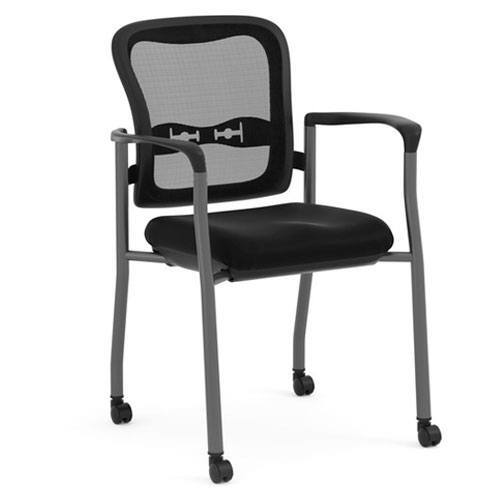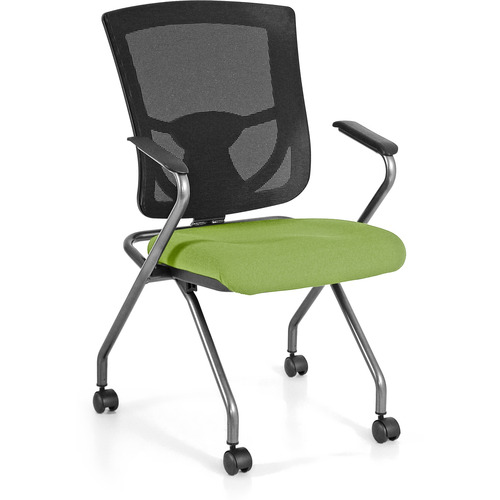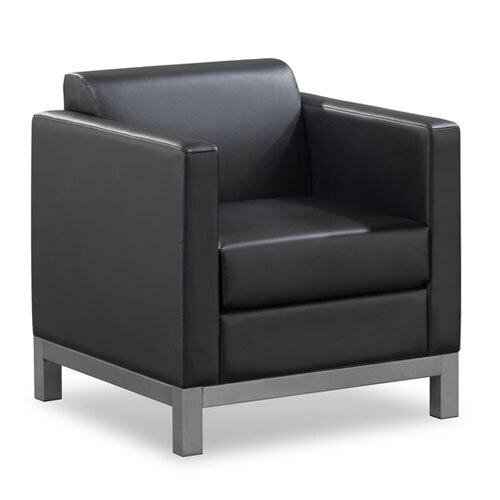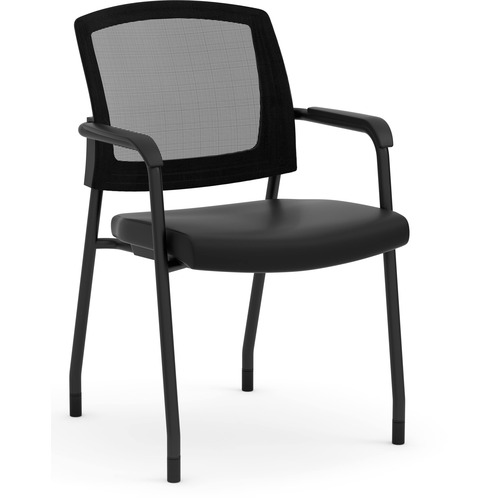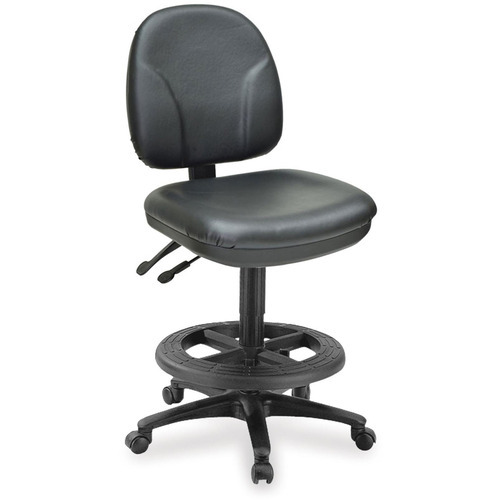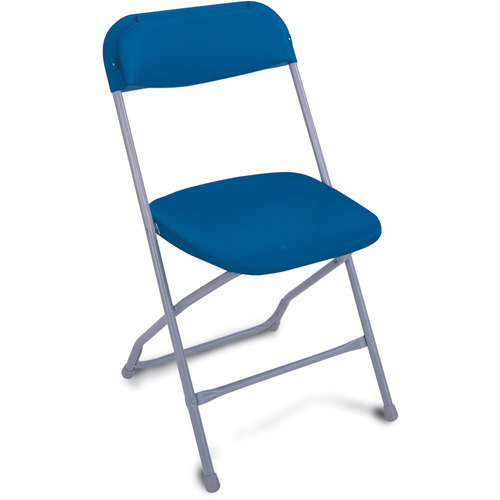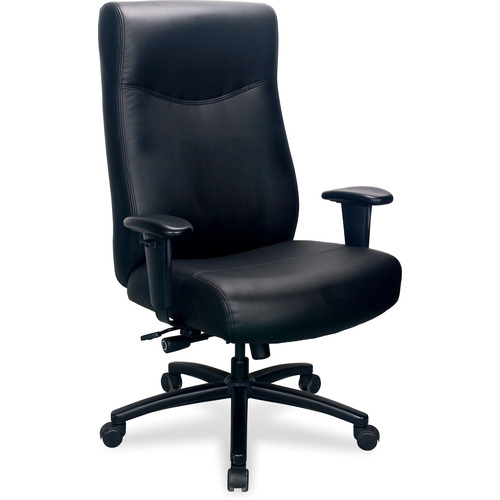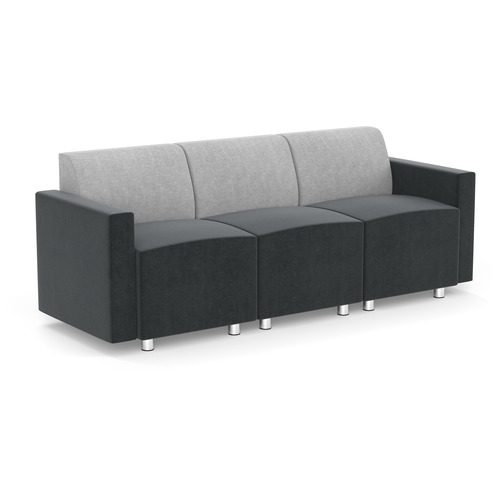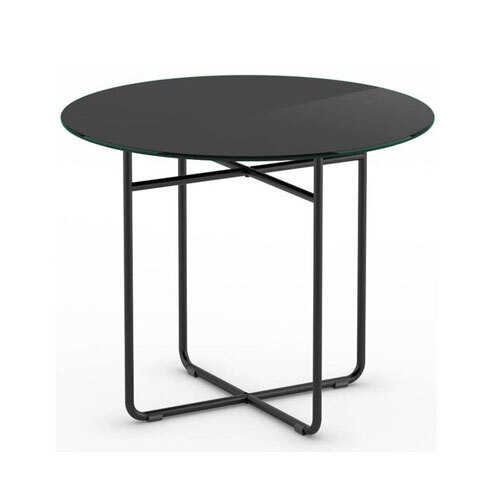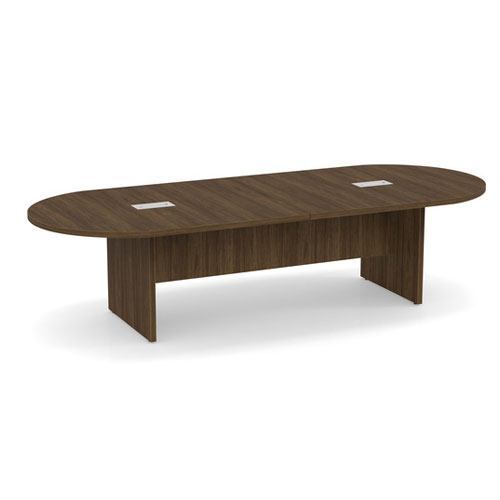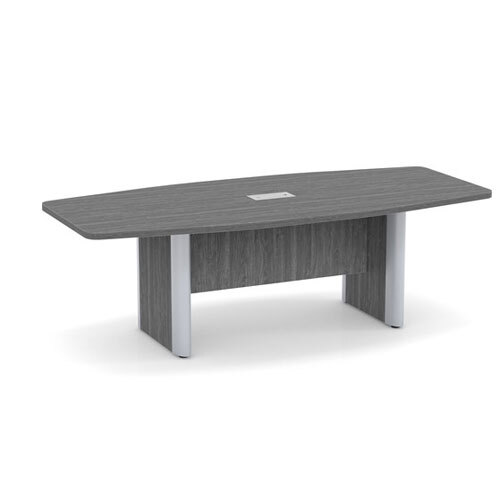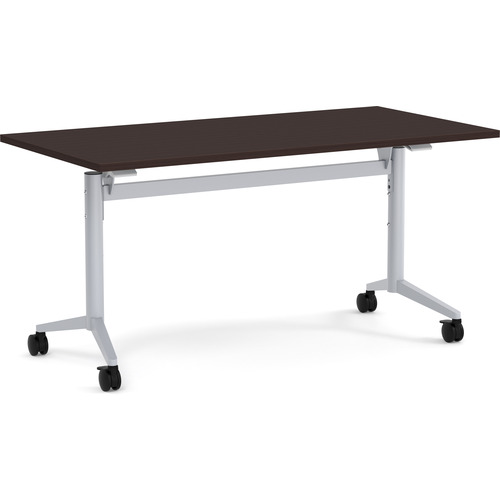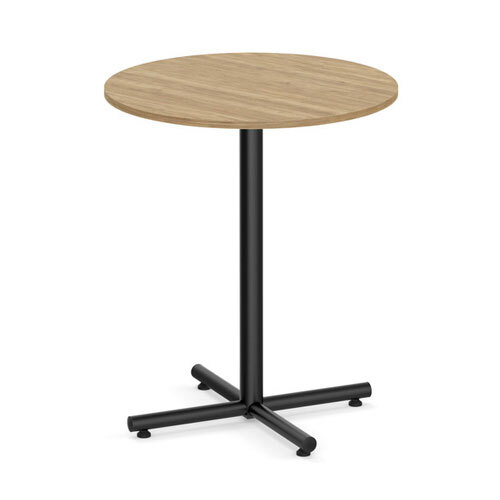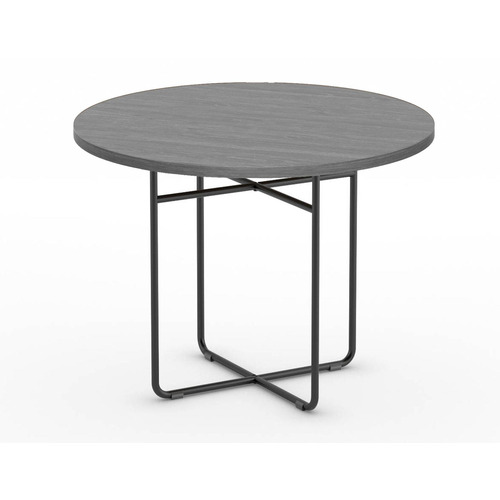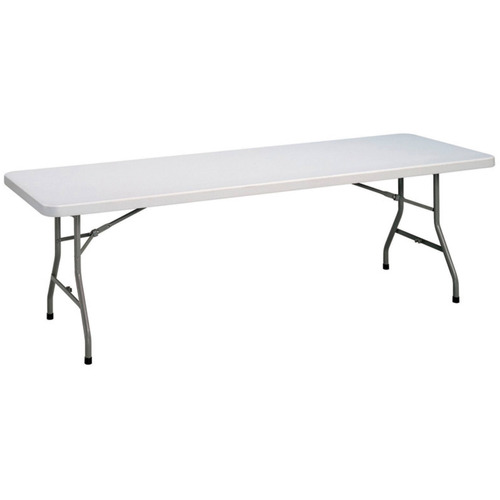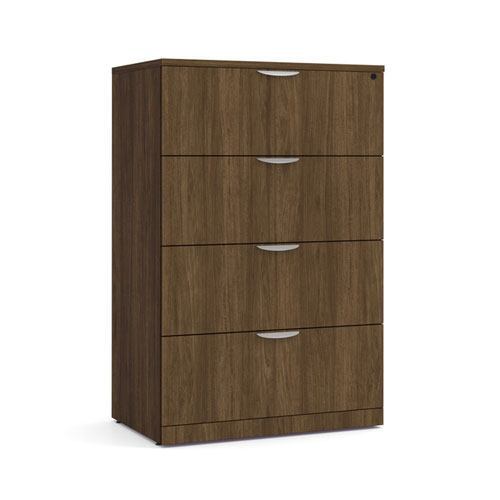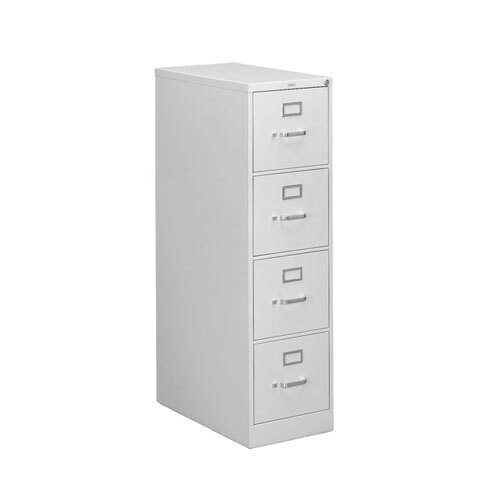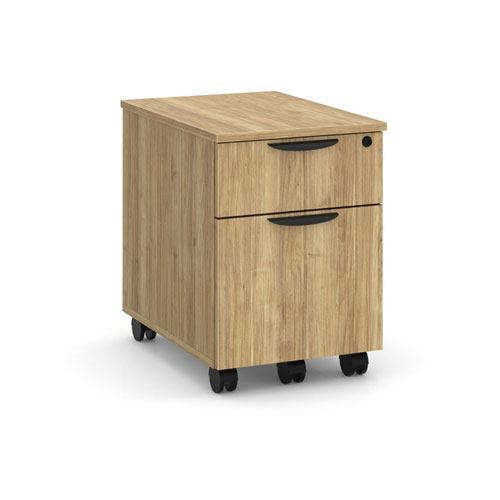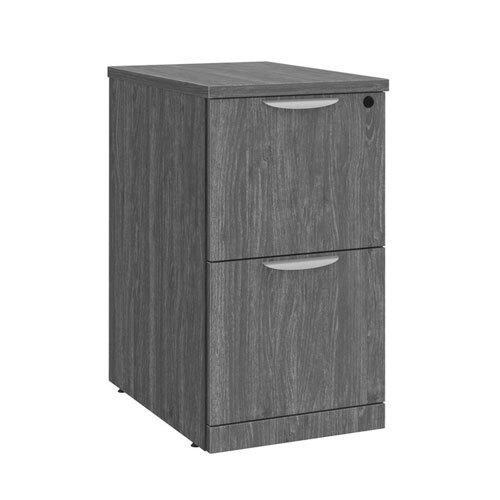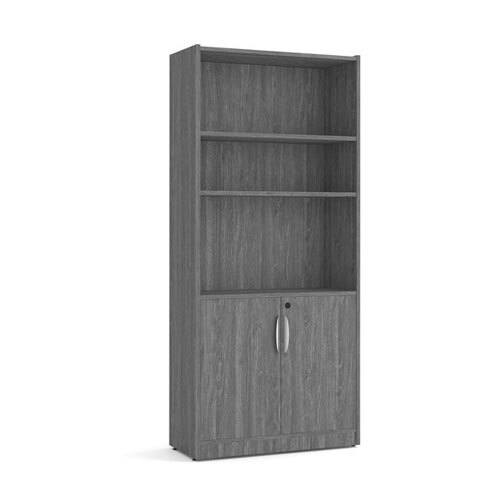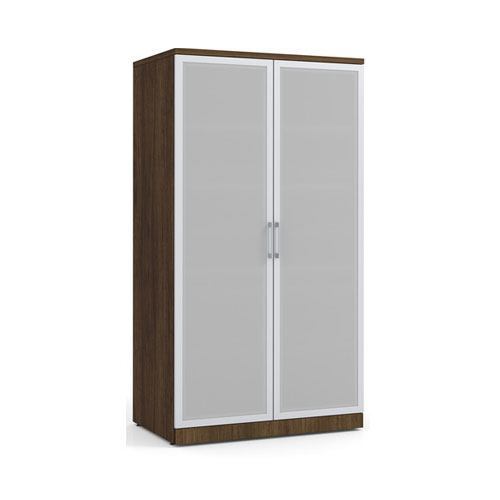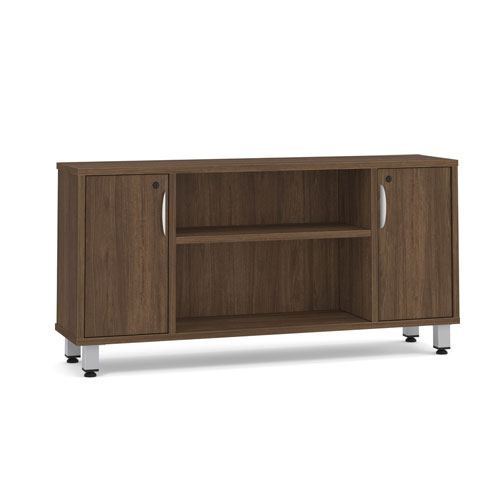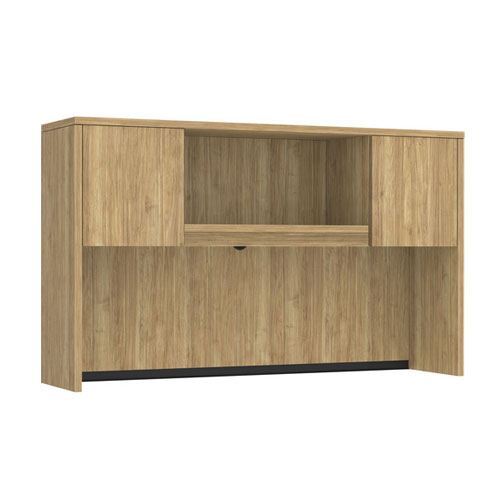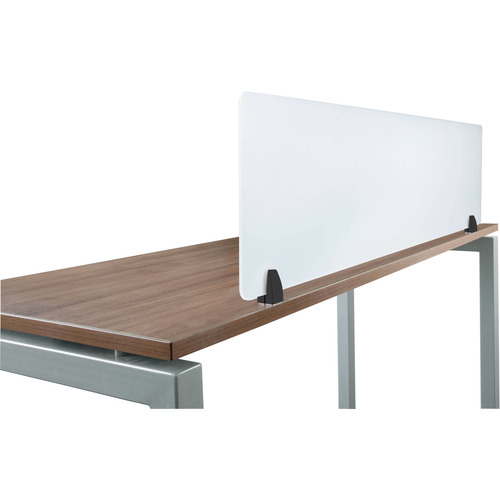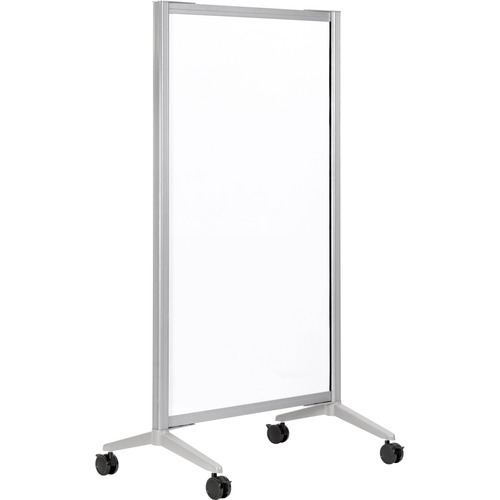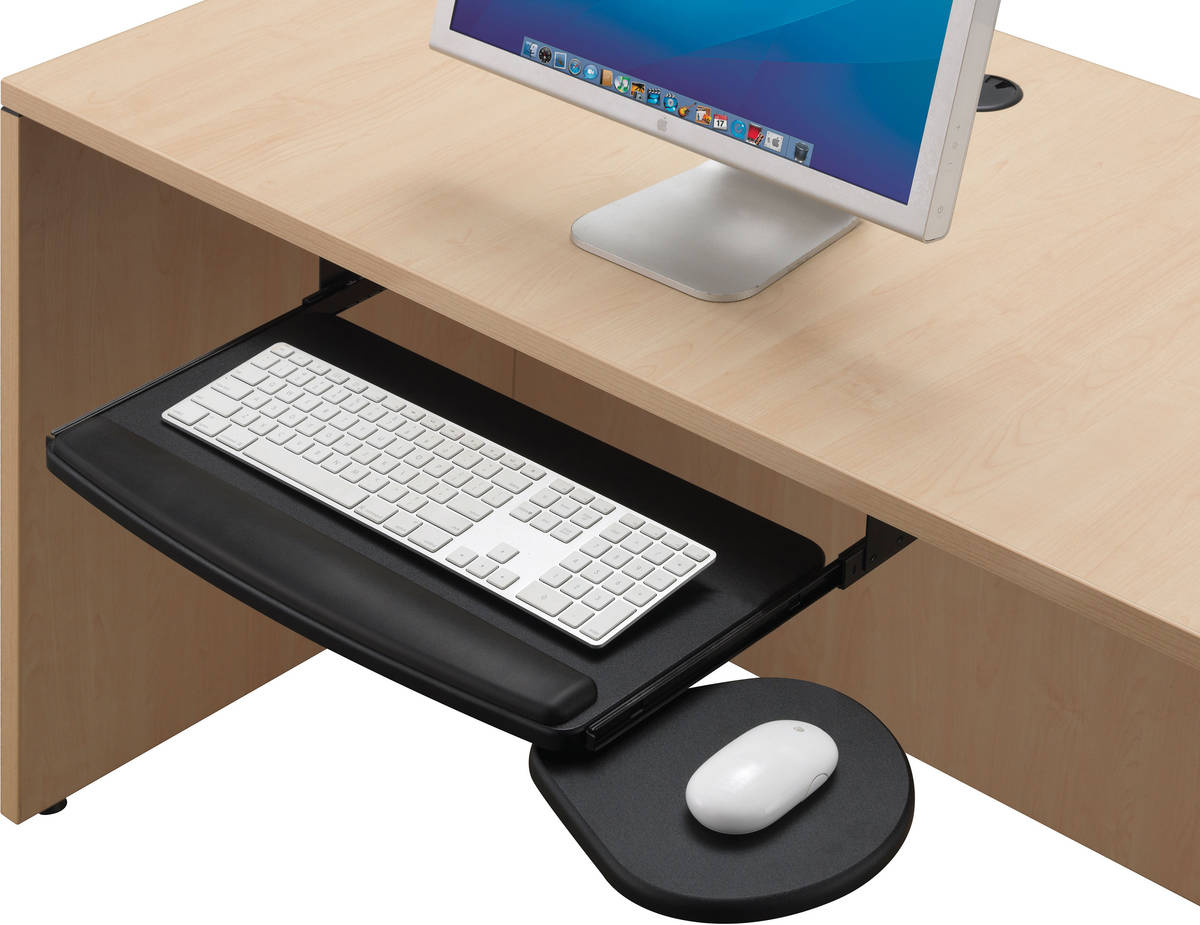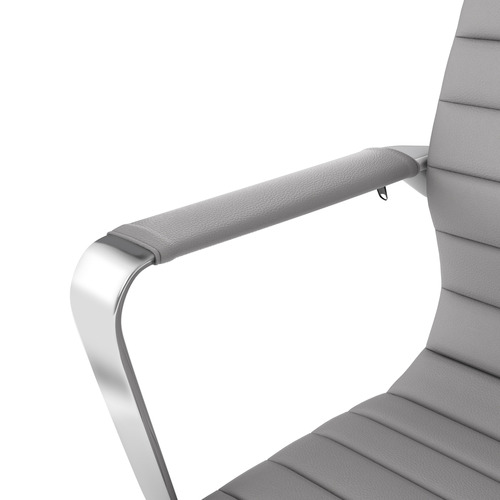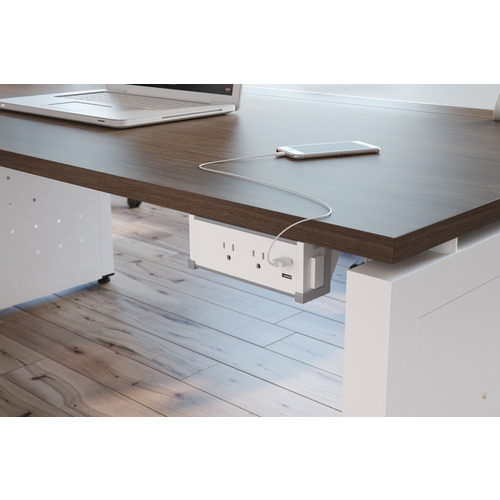How to Buy an Office Chair
How to Buy an Office Chair
How many hours do you spend sitting in your office chair? If you work eight hours a day, five days a week, the answer is an approximately staggering 1,900 hours over one year. This number alone makes it clear that a desk chair is one of the most important pieces of office furniture. But a desk chair isn’t the only seating an office needs.
Chair buying takes a bit more than just sitting in a bunch of chairs (although that is part of it). Here’s what you need to know about purchasing chairs for boardrooms, corner offices and everywhere in between.
1. Your Starting Points
What you’ll look for in reception chairs, for example, will differ from desk chairs or boardroom seating. But, the starting points to find the right chair, no matter the space, are the same.
Try It Out
- Trying a chair in person always beats purchasing one online. It’s hard to tell if a chair is comfortable just by looking at it.
- Try out lots of different chairs, no matter the look, to first find a comfortable fit. Then explore customization options (fabrics and materials) with your salesperson.
- If shopping in person isn’t an option, make sure the chair you’re buying comes with a warranty that will cover your butt (see what we did there?) if there are any issues.
Stay On Budget
- Make a list of wants and needs to ensure you get the right chair for your budget.
- Focus on the things that are important (ergonomics? Style? Fabric?), and cut back on extra or nice-to have features.
- Narrow down options by relying on experienced salespeople who can help you determine what will work best for your price range.
2. Chair Specifics for Each Part of the Office
Now that you’re ready to shop, check out these tips for all your office chairs.
Reception Area
- Consider if you want a sofa-style waiting area or individual chairs.
- Slightly taller chairs with sturdy arms are good for people with mobility issues. Armless chairs accommodate people of all shapes and sizes. A mix of both creates a reception area for everybody.
- Looks and comfort define sofa-style seating, but size of the area is critical. You generally get more seating capacity using individual chairs compared to soft seating.
- In today’s climate, reception area chairs may have to be cleaned more than once a day. Faux leather or vinyl are good choices.
Employee Lunchroom
- Will your lunchroom be just for employees to eat their lunch, or will it be a space that’s more inviting?
- Basic chairs are cost-effective, while making a space more inviting calls for more comfortable, plush seating.
- Look for easy-to-clean chairs that can handle last night’s leftovers because spills happen.
- Chairs you can nest are easy to store when they aren’t being used.
Employee Work Spaces
- Ergonomics, which prevents pain and maintains proper posture, is key — especially for desk chair that will see a lot of use.
- Ergonomic features include: back, arm, and headrests; wheels and a swivel base; appropriate height and seat width; adjustable lumbar support as well as seat and back angle adjustment options; tension control (how much your seat tilts forward or back when you do); breathable fabric; enough cushion to support 8 hours of sitting; and adjustable arms.
- Fabric tends to be cooler than leather. It also offers more variety if you’d like to add a pop of office colour.
- Leather is still a good choice for: cleanability, a home office with pets, and for a customer looking for the more executive look and feel.
The CEO's Office
- Does the CEO want a chair just like or similar to their staff, or something that stands out as an executive chair?
- Most mid-level leather executive chairs tend to offer less ergonomic adjustment compared to a similarly priced mesh chair.
- If ergonomics are important, look for a specially-designed chair that may look different than the rest of employees but still offers support.
Boardroom or Meeting Room
- Looks are important for boardroom chairs, as you may host clients in this space.
- Larger chairs can make the room look and feel smaller. Slimmer chairs may be a good fit to make the room feel airier.
- Quite often, boardroom chairs are used infrequently and in small intervals, so although ergonomics come into play, it’s less important than your desk chair.
Source’s Chair Options
Source offers a variety of chairs that fit these criteria. Whether you’re looking for a boardroom, ergonomic, or executive chair, we can help you find your ideal seating solution. Visit our locations, and have a seat — literally.






